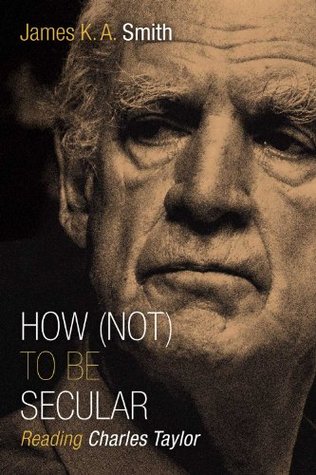Taylor sees such nostalgia as perhaps itself a product of modernity, in this sense: in premodernity, there would have been a healthy sense of an expected “gap” between the ideals of the City of God and the realities of the earthly city (p. 735). However, the late medieval drive to Reform changed that. Reform changes our expectations, raising them, and thus also leading us to expect less and less of a “gap.” Indeed, it breeds its own activism, a sort of realized eschatology. “This couldn’t help but bring about a definition of the demands of Christian faith closer into line with what is
...more
Welcome back. Just a moment while we sign you in to your Goodreads account.


